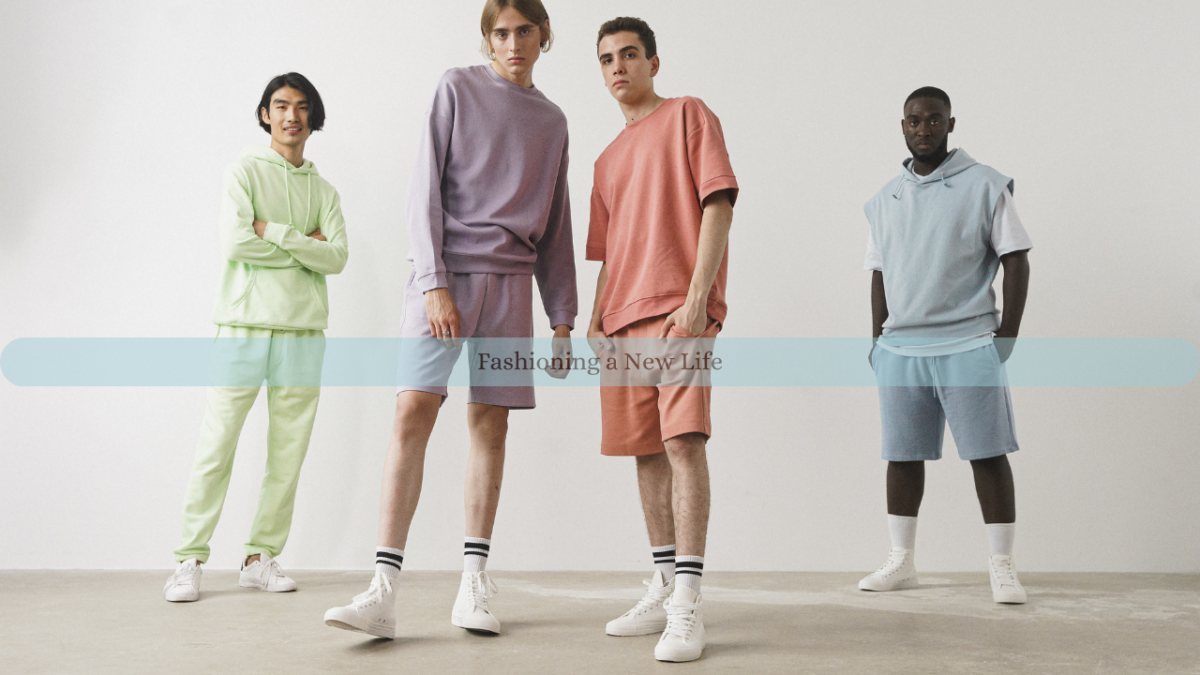
Recovery from addiction or any major life challenge is a deeply personal and transformative experience. As individuals work through the physical, mental, and emotional struggles, their sense of identity often undergoes a shift as well. One surprising yet powerful tool in this journey of transformation is personal style. Fashion is more than just clothing; it can be an empowering form of self-expression that helps people reclaim their identity, boost self-confidence, and mark the start of a new chapter.
Rediscovering Identity Through Fashion
Addiction or any major personal setback can often strip away a person’s sense of identity. In recovery, the process of rediscovering oneself is vital. Personal style allows people to reconnect with their true selves. The clothes we wear tell a story—about where we’ve been and where we’re going. By intentionally choosing what to wear, those in recovery can shape how they see themselves and how they present to the world. A shift in style often reflects an internal shift in mindset and values.
For example, someone who previously dressed to blend in or escape notice might find empowerment in wearing bold colors or unique patterns as they regain confidence and pride in themselves. By dressing with intention, individuals can craft a personal narrative that aligns with their recovery and newfound self-awareness.
Building Confidence One Outfit at a Time
The relationship between confidence and clothing is undeniable. Studies show that what we wear can impact our mood, self-esteem, and even performance in various situations. For people in recovery, fashion becomes a form of armor—something that not only reflects their progress but also propels it. Wearing an outfit that makes you feel good can elevate your mood, making you feel more capable of handling challenges.
As individuals in recovery rebuild their lives, they often encounter new social situations, job interviews, and personal milestones. Feeling confident in one’s appearance can alleviate anxiety in these situations and help create positive first impressions. Fashion offers an opportunity to boost that confidence daily, fostering a sense of control and empowerment over one’s choices.
Style as a Form of Self-Care
During recovery, self-care becomes an essential practice. It is about nurturing the body, mind, and soul—and fashion can play a vital role in this holistic approach to wellness. The act of getting dressed with care each morning is an opportunity to engage in a daily ritual of self-respect. Even small acts, like putting on clean, comfortable, or aesthetically pleasing clothes, send a message to oneself: “I am worth the effort.”
Choosing clothes that feel good against your skin, fit well, and reflect your personal taste can help ground you in the present and contribute to an overall sense of well-being. In recovery, learning to treat yourself with kindness is key, and fashion can be a creative and empowering outlet for this.
Fashion as a Symbol of Transformation
For many, fashion represents transformation. A wardrobe makeover can be symbolic of the internal changes taking place. Much like a butterfly shedding its cocoon, adopting a new style can serve as a tangible reminder of how far one has come in their recovery journey. Wearing different clothes or experimenting with new looks signals a shift in identity—moving away from the past and stepping into a future filled with possibility.
Conclusion
Personal style may seem like a superficial aspect of life, but it holds the power to influence how we feel about ourselves and how we navigate the world. For those on a recovery journey, fashion can be an empowering tool to rebuild confidence, rediscover identity, and celebrate personal growth. By consciously choosing what to wear, individuals can fashion not only their appearance but also their future—a future defined by strength, resilience, and self-expression.